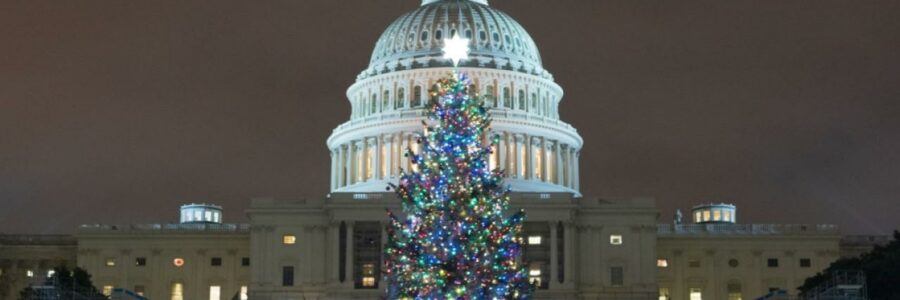
Paycheck Protection Program runs out of money, closing to most new applicants
Stimulus deal includes extended PPP, funding for vaccine distribution: Rep. Dan Meuser
Rep. Dan Meuser on stimulus deal
The Paycheck Protection Program, a vital lifeline that helped keep small businesses afloat during the coronavirus pandemic, exhausted its funding on Tuesday and stopped accepting most new applications, four weeks before it was slated to end.
Just a fraction of the $292 billion that Congress allocated to the rescue fund this year is left – most of which is reserved for financial lenders that serve underserved communities, according to a Small Business Administration spokesperson. Those lenders will be allowed to process qualifying applications until the remaining money runs out.
HERE'S HOW THE $10,200 UNEMPLOYMENT TAX BREAK IN BIDEN'S COVID RELIEF PLAN WORKS
"After more than a year of operation and serving more than 8 million small businesses, funding for the bipartisan Paycheck Protection Program has been exhausted," the SBA spokesperson told FOX Business.
Congress recently voted to extend the program from March 31 to May 31, but did not appropriate additional funding, even though most expected the money to run out before the new deadline. Lawmakers showed little enthusiasm for increasing the program's funding as the vaccination rate increases, business restrictions are rolled back and more Americans venture out to eat, shop and travel.
Lawmakers created the rescue fund — which provided forgivable loans to businesses if they maintained their payroll — last March with the passage of the $2.2 trillion CARES Act, just a few weeks after the pandemic took hold. Since then, the PPP has distributed roughly $780.4 billion in forgivable loans to some 10.78 million businesses, according to government data.
BIDEN SIGNS LAW EXTENDING PPP FOR SMALL BUSINESSES UNTIL MAY 31
Congress relaunched the program with the approval of the December coronavirus relief bill, allowing the hardest-hit businesses to apply for a second loan and prioritizing minority-owned businesses.
At the program's onset, it was heavily criticized for granting aid to publicly traded companies that had other avenues for relief – even as small businesses languished. The SBA and Treasury Department, which jointly administered the program, scrambled to close the loopholes that allowed multimillion-dollar companies to tap the fund, including pledging to audit any loan worth more than $2 million.
CLICK HERE TO READ MORE ON FOX BUSINESS
Businesses with fewer than 500 employees could receive as much as $10 million through the program and were required to spend at least 60% of the money on maintaining payroll in order for the government to forgive the full loan. The remaining 40% could be spent on operating costs such as mortgages, rent and utilities. Only businesses with 300 employees or fewer were eligible to receive a second loan, which was capped at $2 million.
Source: Read Full Article

